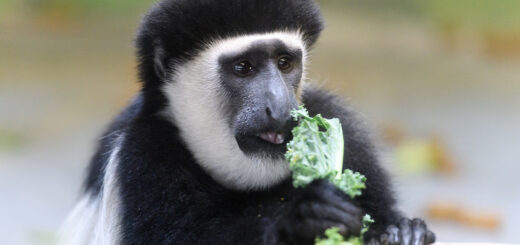Feeding strategies in wild carnivores: progress report of a model approach
Citation
De Cuyper A, Clauss M, Hesta M, Janssens GPJ. 2015. Feeding strategies in wild carnivores: progress report of a model approach. In Bissell H, Brooks M Eds. Proceedings of the Eleventh Conference on Zoo and Wildlife Nutrition, AZA Nutrition Advisory Group, Portland, OR.
Abstract
Feeding strategies among wild carnivores are still partly unexplained. Carnivore mass is a determining factor in the choice for a specific range in prey size (Carbone et al., 1999). According to Carbone et al. (2007), two dietary groups can be distinguished: small carnivores hunting on small prey (< 20 kg) and large carnivores hunting on large prey (> 20 kg). Prey size in his turn might influence feeding habit-associated factors such as meal size, feeding frequency and kill frequency but this has, hitherto, been left unexplained. A literature search was performed and yielded 690 potentially eligible studies of which already 194 (57 species) were extracted with data on feeding habit-associated factors. Moreover, a theoretical kill frequency model was developed based on carnivore weight, typical prey weight, maintenance energy requirements of mammals and metabolizable energy in small prey (Plantinga et al., 2007). So far, carnivore mass was positively related to absolute prey mass (P < 0.001). The kill frequency model showed that carnivore mass was negatively related to the theoretical kill frequency (P < 0.001), meaning that large carnivores will kill less frequently than smaller carnivores. This model approach might, once fully elaborated, give more insights into feeding strategies in wild carnivores with possible further applications for carnivores in captivity and domestic carnivores.
 30_DeCuyper.pdf 52 KB
30_DeCuyper.pdf 52 KB








